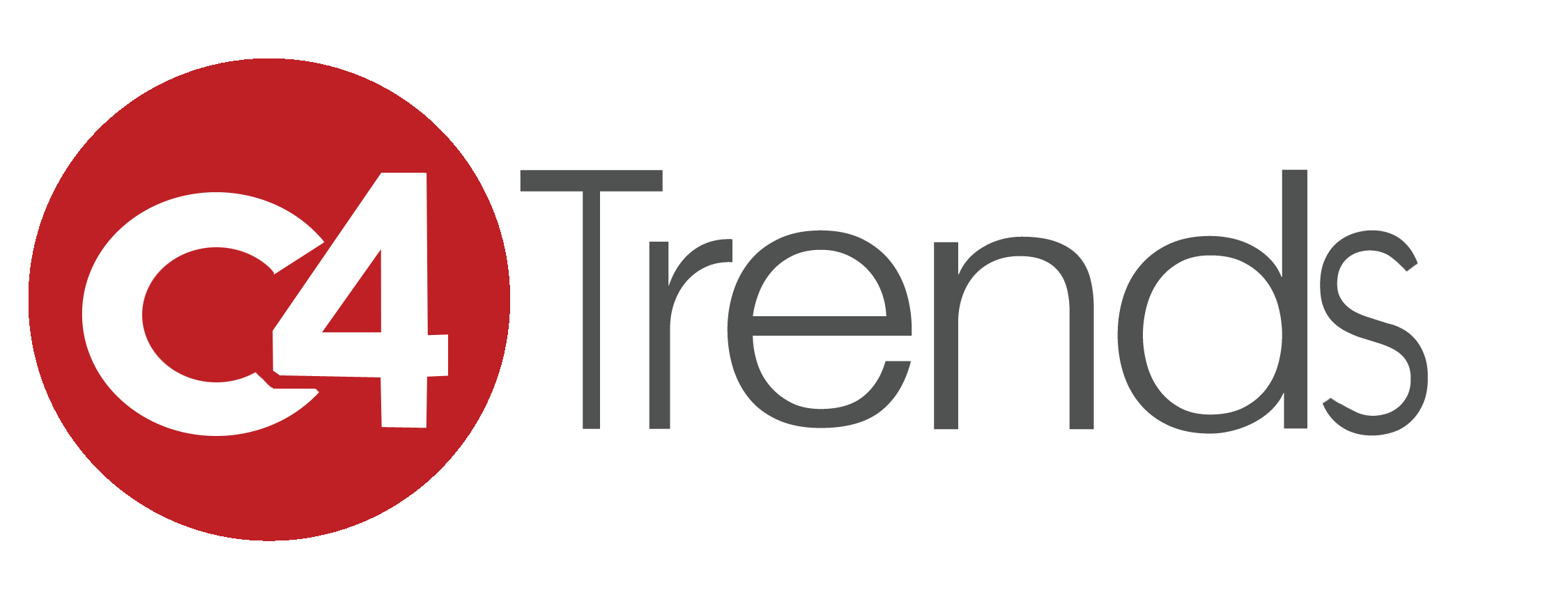Wearables are delivering new solutions that integrate easily into consumer lifestyles. These devices use embedded technology that are worn rather than carried and are often considered a subset of the Internet of Things (IoT) category. As of 2017, 127 IoT devices were connecting to the internet every second, and Business Insider estimates it will rise to more than 64 billion IoT devices worldwide by 2025.
The global market for wearable devices is forecast to reach 222.9 million units in 2019, growing to 302.3 million units in 2023 according to International Data Corp.’s (IDC) Worldwide Quarterly Wearable Device Tracker. As wearables expand, new revenue opportunities are emerging, as well as greater efficiencies for consumers. Here are a few examples
Wearable Tech Form Factors

New materials are changing the form factors of wearables. BeBop Sensors is creating wearable smart fabric sensor solutions for OEMs and brands. Its wearable technology is enhancing training and simulations, as well as applications including virtual reality, gaming, automotive, industrial and health. This smart sensor fabric is transforming clothing, shoe insoles and helmets by being able to understand force, location, size, weight and the shape of impacts. It’s also capturing data for actionable insights and interventions.
BeBop Senors’ Forte Wireless Data Glove is the first affordable one-size-fits-all wireless data glove that incorporates haptics and super accurate rapid sensing for 15-hours of wireless use. Keith McMillen, BeBop founder and CEO says, “We’re finding that data gloves are useful for more immersive experiences as well as training and education.” He adds, “There’s a lot of useful data we can get from this glove with our one-to-one mapping of your hands and environment.”
Smartwatches and Audio Devices
Smartwatches and ear-worn devices will account for more than 70% of all wearable shipments by 2023, according to IDC.
Smartwatches: “Close to half of all watches will connect to a cellular network by 2023,” says Jitesh Ubrani, research manager for IDC’s Mobile Device Trackers. Smartwatches as health tech wearables give consumers a real-time glimpse into their health information. While Samsung’s Galaxy smartwatch is a lifestyle and wellness product, Samsung is also piloting a device with HSBC Bank in its flagship retail “branch of the future” in New York City. Staff use 4G LTE-enabled Gear S3 smartwatches with a built-in speaker and microphone to stay connected while away from their desks, enabling hands-free interactions with customers. A cloud-based Gear S3 application with preset text messages allows employees to send requests to colleagues.
Audio for Sports: People want to live healthier lifestyles, and AfterShokz headphones with its proprietary audio bone conduction technology makes it a favorite for runners, bikers, athletes and fitness enthusiasts. AfterShokz recently introduced its Aeropex open ear listening headphones, with its bone conduction technology. This technology transmits audio waves to the inner ears through the skull. The headphones sit on the cheekbones, leaving ear canals unobstructed and allowing users to remain aware of ambient sounds, teammates, coaches and training partners while enjoying their music. Aeropex Bluetooth connectivity also eliminates wires, using dual noise-cancelling mics that exclude surrounding noise, and allow users to make and receive crystal clear phone calls. The device has a sleek compact design and is durable and waterproof.
Pain Reduction without Meds
The opioid crisis is generating awareness of the easy availability of painkillers. In response, tech companies are developing drug-free methods for pain management. Enter Oska Wellness with its Oska Pulse, a non-invasive wearable for pain management. This Pulsed Electromagnetic Fields (PEMF) device works at the cellular level at the source of pain instead of masking symptoms. It accelerates the body’s natural anti-inflammatory response, speeds tissue recovery, increases circulation and improves mobility by repairing injured cells to relieve minor to chronic pain, muscle recovery, joint pain and muscle stiffness without drugs. The Oska Pulse is FDA registered. New wearables are reshaping consumer experiences from leisure activities to solving problems in health tech, enterprise and vertical markets.
